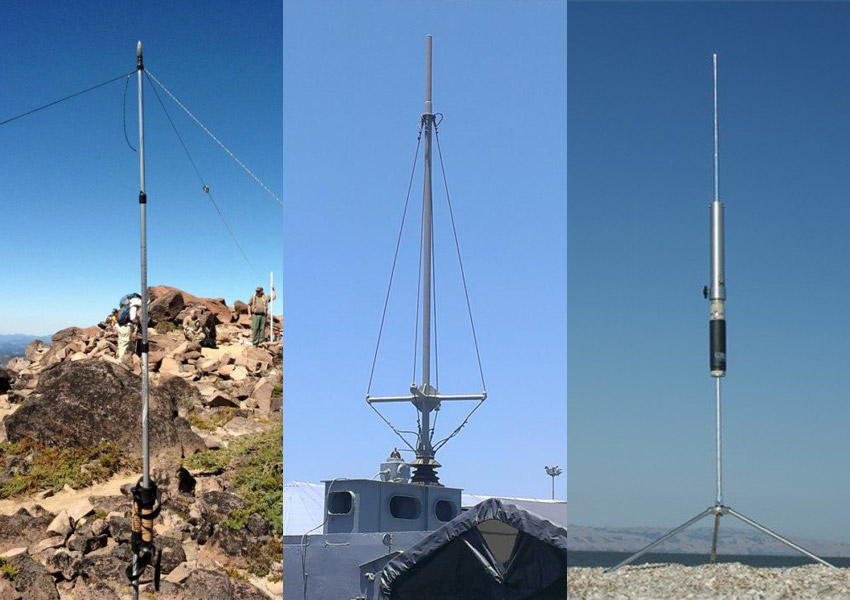There are many different types of vertical antenna or vertical aerial that can be used.
These vertical antennas are used in a variety of applications, often as a result of their omnidirectional radiation pattern in the horizontal plane.
Vertical antenna advantages
There are several reasons why vertical antennas are used as they offer advantages that can be particularly beneficial in some circumstances.
The advantages of verticals in given applications must be balanced against the advantages of other types of antenna to ensure the best option is chosen. Some of the vertical antenna advantages include:
- Omnidirectional radiation pattern: Single element vertical antennas exhibit an omnidirectional radiation pattern in the horizontal plane. This means that the signal will spread out equally in all directions.
- Vertically polarised radiation: Having a vertical element, or elements, these antennas radiate vertically polarised signals. This is an advantage when the signal is being received by other vertically polarised antennas.
- Propagation considerations: Vertically polarised radiation has some advantages for lower frequency propagation modes. For example ground wave propagation, used for LF and some MF transmissions is often better when a vertically polarised antenna is used. For HF the propagation modes mean that signals of either polarisation may be used. There are some studies that indicate that horizontally polarised low angle radiation is better for long distance communications if the antenna can provide a sufficiently low angle of radiation, i.e. a vertical antenna may produce more low angle radiation, but horizontally polarised radiation may on some occasions provide better results..
- Provides low angle of radiation: The signal that emanates from a vertical antenna tends to have a low angle of radiation. Accordingly there is less at higher angles, i.e. directed towards the sky, and more that can be received by other terrestrial stations. Some vertical antennas are designed to increase the low angle radiation, further reducing the level at higher angles and thereby providing additional gain over a vertical dipole or quarter wave vertical.
- Space occupied: The space occupied by a vertical antenna is normally less than that occupied by an equivalent horizontally polarised antenna.
- Ease of mounting: Vertical antenna types are normally easy to mount, requiring a single mounting at the base.
- Windage: In some instances the wind resistance of a vertical antenna may be less than that of a horizontally mounted equivalent. Figures need to be checked for each instance though.
Vertical antenna types
There are many different types of vertical antenna that have been designed and are in common use. Some of the more popular are mentioned below:
- Quarter wave vertical: The This vertical antenna type is one of the most popular forms of vertical antenna. It is easy to construct, it can be made to be very robust and provides a good level of performance Read more about the 1/4 wave vertical antenna.
- Five eighths wave vertical: This form of vertical antenna is popular in many instances because it is able to provide gain over a quarter wave vertical, focussing more power in a plane closer to the horizontal. As such it is used in many applications. Read more about the 5/8 wave vertical.
- J pole antenna : This type of vertical antenna is a convenient for of vertical antenna. It provides some gain over a quarter wave vertical and has the advantage that it does not require any radials or some form of ground plane against which to operate. Read more about the J pole antenna.
- Vertical dipole: The vertical dipole is used in some instances to provide a robust form of vertical antenna. It has the advantage that it does not require any radials, but does require to be a minimum of a half wavelength long.
By Ian Poole
Views: 114

